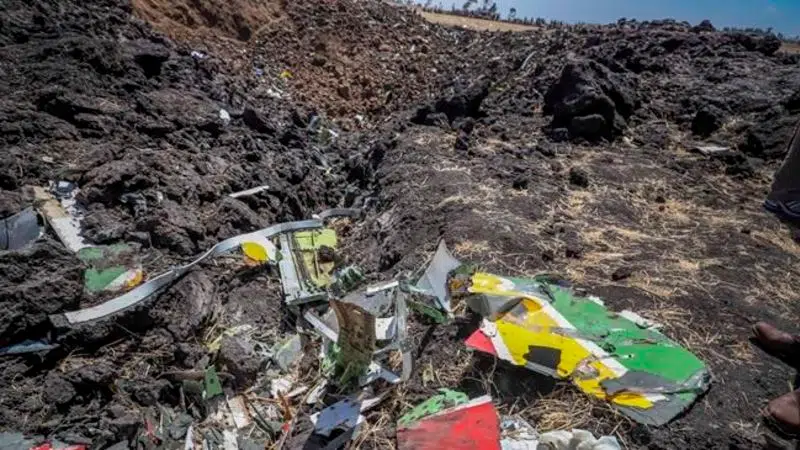
Investigators determining the cause of deadly Ethiopian plane crash
Investigators are trying to determine the cause of a deadly crash Sunday involving a new aircraft model touted for its environmentally friendly engine that is used by both Air Canada and WestJet.
Eighteen Canadians were among the 157 passengers and crew who died when an Ethiopian Airlines plane went down shortly after departing from Bole Airport in Ethiopia’s capital Addis Ababa en route to Nairobi, Kenya.
The Boeing 737-8 Max was new and had been delivered to the airline in November, records show.


